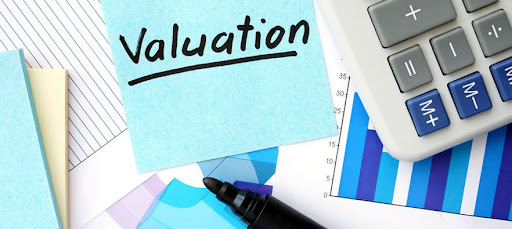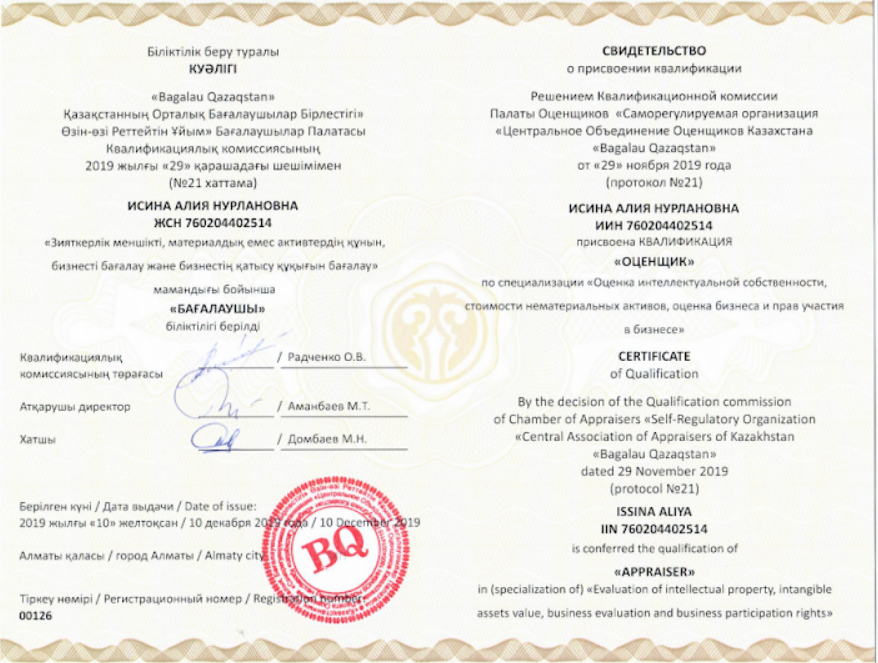Seven Rivers Capital offer to the customers new possibility to prepare investment round with the checked Data Room structure, including Valuation report, Audit of the Financial model and Appraisal of the intellectual property.
Seven Rivers Capital, in partnership with Joy Finance & Valuation, realize various types of valuation: business valuation, assessment of the value of subsoil use rights, assessment of warrantability, valuation of intellectual property (patent, trademark, copyright, etc.), valuation of investment projects, valuation of property complexes, financial consulting in the purchase and sale of businesses, financial and economic models of projects, consultations on valuation startups for a venture investor, valuation of shares in LLP / shares in JSC.

There are numerous ways a company can be valued.
Several of most used Methods of Valuation:
1. Market Capitalization
Market capitalization is the simplest method of business valuation. It is calculated by multiplying the company’s share price by its total number of shares outstanding.
2. Times Revenue Method
Under the times revenue business valuation method, a stream of revenues generated over a certain period of time is applied to a multiplier which depends on the industry and economic environment. For example, a tech company may be valued at 3x revenue, while a service firm may be valued at 0.5x revenue.
3. Earnings Multiplier
Instead of the times revenue method, the earnings multiplier may be used to get a more accurate picture of the real value of a company, since a company’s profits are a more reliable indicator of its financial success than sales revenue is. The earnings multiplier adjusts future profits against cash flow that could be invested at the current interest rate over the same period of time. In other words, it adjusts the current P/E ratio to account for current interest rates.
4. Discounted Cash Flow (DCF) Method
The DCF method of business valuation is similar to the earnings multiplier. This method is based on projections of future cash flows, which are adjusted to get the current market value of the company. The main difference between the discounted cash flow method and the profit multiplier method is that it takes inflation into consideration to calculate the present value.
5. Book Value
This is the value of shareholders’ equity of a business as shown on the balance sheet statement. The book value is derived by subtracting the total liabilities of a company from its total assets.
6. Liquidation Value
Liquidation value is the net cash that a business will receive if its assets were liquidated and liabilities were paid off today.
